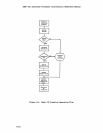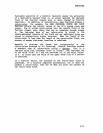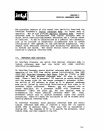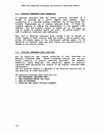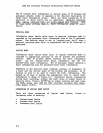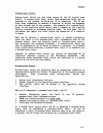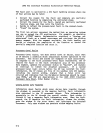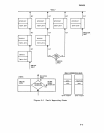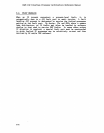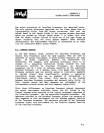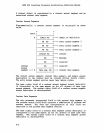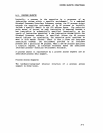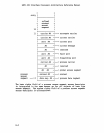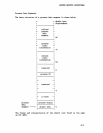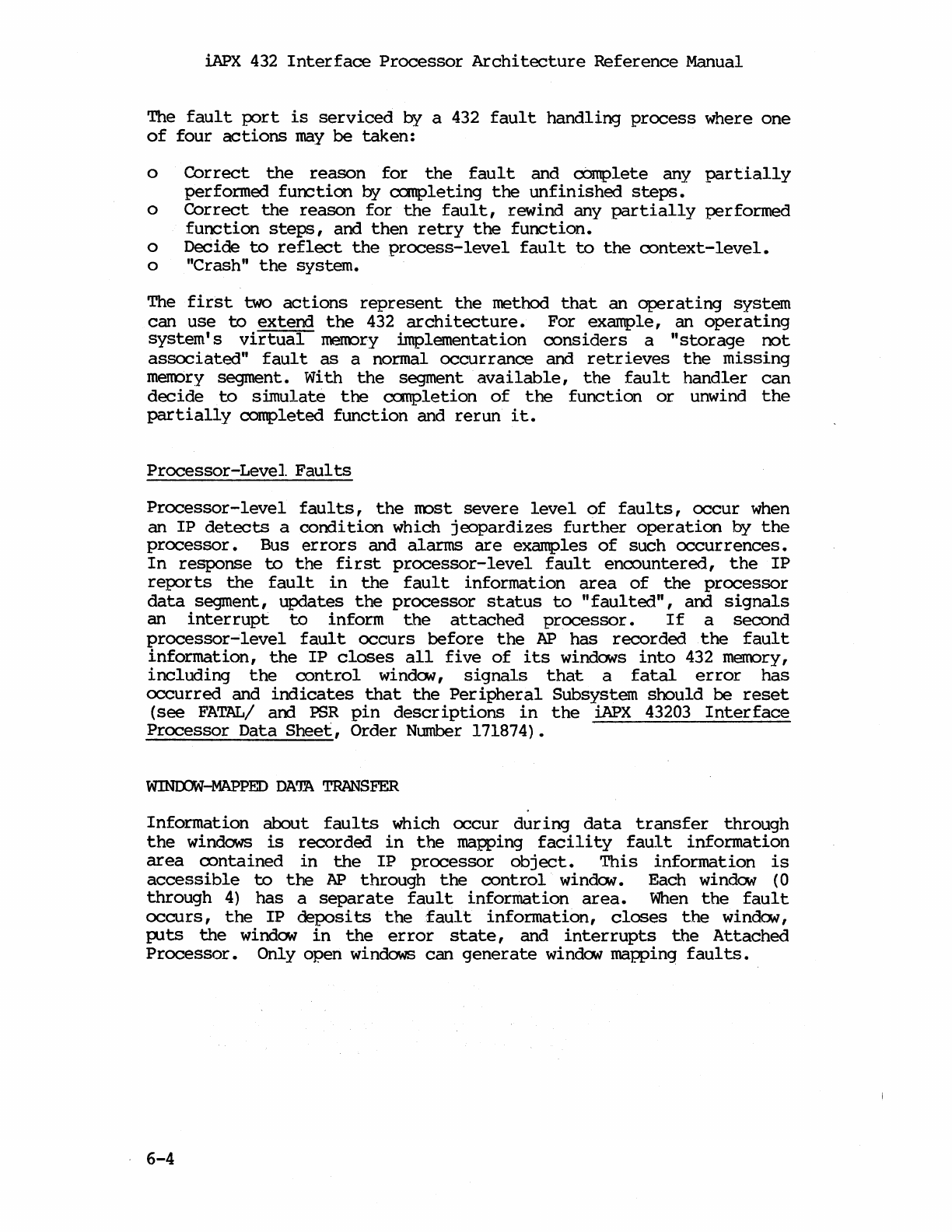
iAPX
432
Interface
Processor
Architecture
Reference
Manual
The
fault
port
is
serviced
by a 432
fault
handling
process
where
one
of
four
actions
may
be
taken:
o
Correct
the
reason
for
the
fault
and OOmplete any
partially
perfonmed
function
by
completing
the
unfinished
steps.
o
Correct
the
reason
for
the
fault,
rewind any
partially
performed
function
steps,
and
then
retry
the
function.
o Decide
to
reflect
the
process-level
fault
to
the
context-level.
o "Crash"
the
system.
The
first
two
actions
represent
the
method
that
an
operating
system
can
use
to
extend
the
432
architecture.
For example, an
operating
system's
virtual
InP.1IDry
implementation
considers
a
"storage
not
associated"
fault
as
a nonmal
occurrance
and
retrieves
the
missing
menory segment. With
the
segment
available,
the
fault
handler
can
decide
to
simulate
the
canpletion
of
the
function
or
unwind
the
partially
completed
function
and
rerun
it.
Processor-Level
Faults
Processor-level
faults,
the
most
severe
level
of
faults,
occur
when
an
IP
detects
a
condition
which
jeopardizes
further
operation
by
the
processor.
Bus
errors
and
alarms
are
examples
of
such
occurrences.
In
response
to
the
first
processor-level
fault
encountered,
the
IP
reports
the
fault
in
the
fault
information
area
of
the
processor
data
segment,
updates
the
processor
status
to
"faulted",
and
signals
an
interrupt
to
inform
the
attached
processor.
If
a
second
processor...;level
fault
occurs
before
the
AP
has
recorded
the
fault
information,
the
IP
closes
all
five
of
its
windows
into
432 memory,
including
the
control
window,
signals
that
a
fatal
error
has
occurred
and
indicates
that
the
Peripheral
Subsystem
should
be
reset
(see
FATAL/
and
PSR
pin
descriptions
in
the
iAPX
43203
Interface
Processor
Data
Sheet,
Order
Number
171874).
WINOOW-MAPPED
DA':m
TRANSFER
Information
about
faults
which
occur
during
data
transfer
through
the
windows
is
recorded
in
the
mapping
facility
faul
t
infonmation
area
oontained
in
the
IP
processor
object.
This
information
is
accessible
to
the
AP
through
the
control
window. Each window (0
through
4)
has
a
separate
fault
information
area.
When
the
fault
occurs,
the
IP
deposits
the
fault
infonmation,
closes
the
window,
tuts
the
window
in
the
error
state,
and
interrupts
the
Attached
Processor.
Only open windows
can
generate
window mapping
faults.
6-4



